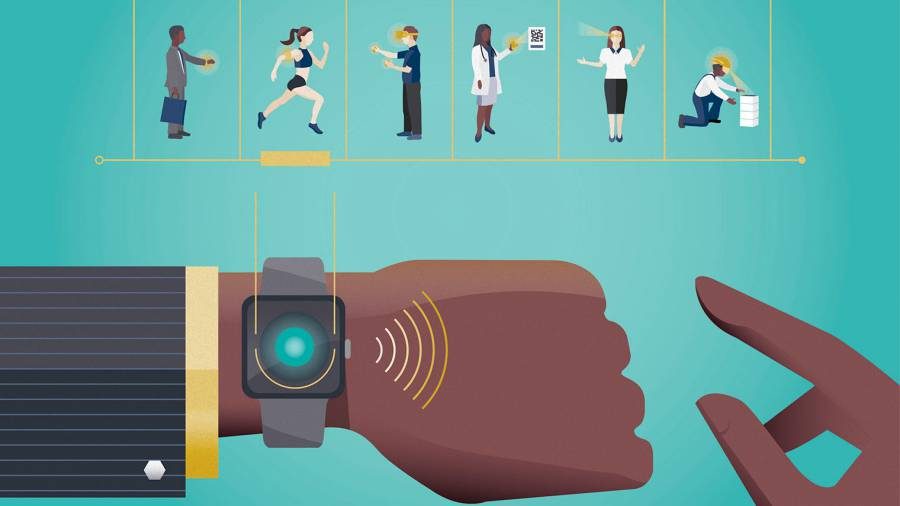After FitBit’s complete acquisition of the smartwatch manufacturer Pebble, which went through a process of near-bankruptcy a few months ago, online sources started covering what could arguably be the end of the wearables market.
High supply and low demand for smartwatches and similar products are shutting and stunning the growth of profitable companies, including Apple. They claim that their Apple Watch sales are on the rise, but recent polls show a different scenario.
The smartwatch market expected to grow more than 60 percent this year, but final figures point towards a growth of only 25 percent, and experts say the number will go down. The wearables market is headed for oblivion, as products fail to attract customers.
Wearables market numbers
A study by eMarketer published, among other statistics, the estimated percentages of Wearable user penetration for 2017. Consumers between the ages of 18 to 24, and 25 to 34, initially appeared as the most likely buyers but sales predictions came up short.
The smartwatch market has failed to expand beyond early adopters of the technology, and this year, only 39.5 million US adults will use a wearable device (with internet connectivity), but this does not mean they will buy one.
eMarketer claims that 2016’s usage of wearables will hit only 15.8% of the population, a figure that could rise to 21.1% by the year 2020, a slow and not very promising growth rate.
Tracking and fitness were the main reasons people purchased wearables, wrote eMarketer analyst Cathy Boyle. However, a high price-sensitivity on the part of the consumer prevented them from buying more, which always compared their features to those found in smartphones.
Purchasing a Smartwatch: Pros and Cons
Apple sees benefits in purchasing a smartwatch. Their Series 2 Apple Watch can help users track their activity with GPS, which keeps them from having to carry their phones around while exercising.
Another feature shared by competitors is the water-resistant capabilities, a quality very few smartphones can match, even today. Some smartwatches can make (and receive) calls and they get 4G, mobile payment, health apps, and even Pokémon GO in some instances.
However, many users complain about low battery life, connectivity problems, and the fact that (judging for the price), some of them are better off buying a smartphone with an easy-carry accessory like arm bands.
The wearables market, at least for now, seems confined to a fashion statement that eclipses its functionality and usefulness. With such low expectations for the coming years, the remaining players in the wearable industry will have to do something big to lure and retain customers.
Source: eMarketer


